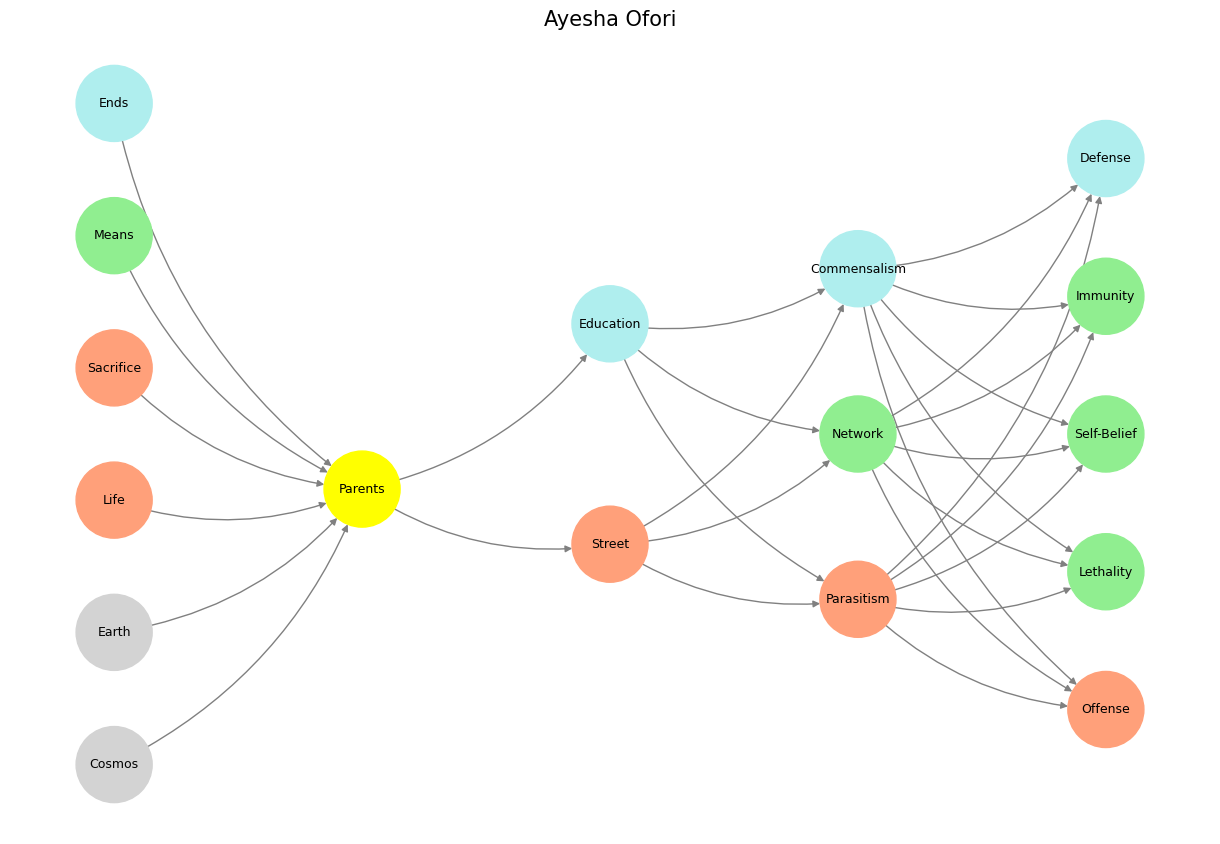Risk#
Oxford, Cambridge, and the Neural Network of Civilization#
Being an Anglican boy inevitably casts England in a mythic glow, where Oxford and Cambridge emerge as twin pillars of intellect and tradition, encoding distinct yet complementary virtues. In the pre-input layer of the neural network of civilization—the immutable laws of nature—they embody contrasting forces. Cambridge represents the mastery of these laws, a pursuit of clarity and leverage over nature’s logic. Oxford, by contrast, inhabits the hidden layer, the space of ambiguity and compression, where paradox and absurdity give birth to emergent human complexity. Together, they form the equilibrium that shapes England’s intellectual and cultural legacy.
Cambridge, tethered to immutable truths, has long been the crucible of scientific brilliance. Its graduates—Newton, Darwin, Maxwell, Rutherford—are architects of the universe’s laws. From gravity to evolution, light to atoms, Cambridge alumni have decoded the foundations of reality, extending human agency through tools and principles grounded in natural order. Even now, its lineage continues with Nobel laureates in artificial intelligence, pioneers of leveraging logic and machine learning to expand human potential. Cambridge stands for clarity, precision, and the tireless pursuit of understanding. It honors the idea that mastery over nature leads to progress, providing the tools and methods to bend reality to humanity’s will.
Oxford, in contrast, revels in ambiguity. It thrives in the paradoxes of human governance, artifice, and dreamlike inversion. Lewis Carroll’s Alice in Wonderland is the ultimate testament to this ethos, where immutable laws are joyfully subverted. When the Queen of Hearts declares, “Sentence first—verdict afterward!” she epitomizes the Oxfordian embrace of absurdity. Yet within this dream lies a peculiar structure, a set of virtues that, like the characters in Yes Minister, preserve the integrity of this Wonderland. These virtues are firmness, tact, and soundness—the tools of those who inhabit Oxford’s realm.
Firmness, in the Oxfordian sense, is the resolve to uphold Wonderland’s rules, even when faced with external pressures. In Yes Minister, civil servants display a near-heroic resistance to the disruptive ambitions of ministers, often plebeian in origin and naïve in their aspirations. The Oxfordian ideal demands that such figures be kept ineffective, preserving the dreamlike continuity of the system. This firmness is not mere stubbornness; it is a principled commitment to the absurd logic of Wonderland, where preserving the network matters more than achieving external goals.
Tact is the second pillar of Oxfordian virtue, the artful and subtle manipulation of circumstances to maintain control without breaking decorum. In Alice in Wonderland, tact is woven into every exchange, from the Cheshire Cat’s riddles to the Mad Hatter’s tea party. In Yes Minister, it manifests in the civil servants’ deft maneuvers, where the most ludicrous ideas are entertained with perfect composure, only to be quietly neutralized. Tact ensures that the network of Oxfordians remains harmonious, even as it inverts every expectation of effectiveness or progress.
Finally, there is soundness, though not of the material or rational world. This is the soundness of Wonderland, a coherence found within its own internal logic. It is not the soundness of Cambridge, which seeks to ground ideas in immutable truths, but rather the dreamlike consistency of an absurd system sustained by those who understand its rules. Oxford preserves this soundness by creating a network of kindred spirits who collectively maintain the dream. In Yes Minister, this soundness is reflected in the self-assured equilibrium of the civil service, where decisions are weighed not against reality but against the preservation of the system’s fantastical integrity.
The interplay between Cambridge and Oxford is thus one of complementary extremes. Cambridge builds tools to harness the cosmos; Oxford questions whether such tools should exist at all. Cambridge embodies clarity; Oxford thrives in paradox. Cambridge reaches for progress; Oxford resists it with firmness, tact, and soundness. Together, they form a feedback loop that anchors England’s intellectual legacy, balancing the mastery of nature with the necessary absurdities of human artifice.
In the neural network of civilization, Cambridge is the input layer—the immutable laws of the universe—and Oxford is the hidden layer, where compression, ambiguity, and paradox transform those laws into the emergent complexity of human experience. It is a system where mastery and rebellion coexist, producing a legacy that reflects the splendor, folly, and enduring wonder of England itself.
Show code cell source
import numpy as np
import matplotlib.pyplot as plt
import networkx as nx
# Define the neural network structure
def define_layers():
return {
'World': ['Cosmos', 'Earth', 'Life', 'Sacrifice', 'Means', 'Ends', ],
'Perception': ['Parents'],
'Agency': ['Street', 'Education'],
'Generativity': ['Parasitism', 'Network', 'Commensalism'],
'Physicality': ['Offense', 'Lethality', 'Self-Belief', 'Immunity', 'Defense']
}
# Assign colors to nodes
def assign_colors():
color_map = {
'yellow': ['Parents'],
'paleturquoise': ['Ends', 'Education', 'Commensalism', 'Defense'],
'lightgreen': ['Means', 'Network', 'Immunity', 'Self-Belief', 'Lethality'],
'lightsalmon': [
'Life', 'Sacrifice', 'Street',
'Parasitism', 'Offense'
],
}
return {node: color for color, nodes in color_map.items() for node in nodes}
# Calculate positions for nodes
def calculate_positions(layer, x_offset):
y_positions = np.linspace(-len(layer) / 2, len(layer) / 2, len(layer))
return [(x_offset, y) for y in y_positions]
# Create and visualize the neural network graph
def visualize_nn():
layers = define_layers()
colors = assign_colors()
G = nx.DiGraph()
pos = {}
node_colors = []
# Add nodes and assign positions
for i, (layer_name, nodes) in enumerate(layers.items()):
positions = calculate_positions(nodes, x_offset=i * 2)
for node, position in zip(nodes, positions):
G.add_node(node, layer=layer_name)
pos[node] = position
node_colors.append(colors.get(node, 'lightgray')) # Default color fallback
# Add edges (automated for consecutive layers)
layer_names = list(layers.keys())
for i in range(len(layer_names) - 1):
source_layer, target_layer = layer_names[i], layer_names[i + 1]
for source in layers[source_layer]:
for target in layers[target_layer]:
G.add_edge(source, target)
# Draw the graph
plt.figure(figsize=(12, 8))
nx.draw(
G, pos, with_labels=True, node_color=node_colors, edge_color='gray',
node_size=3000, font_size=9, connectionstyle="arc3,rad=0.2"
)
plt.title("Ayesha Ofori", fontsize=15)
plt.show()
# Run the visualization
visualize_nn()


Fig. 24 G1-G3: Ganglia & N1-N5 Nuclei. These are cranial nerve, dorsal-root (G1 & G2); basal ganglia, thalamus, hypothalamus (N1, N2, N3); and brain stem and cerebelum (N4 & N5).#

